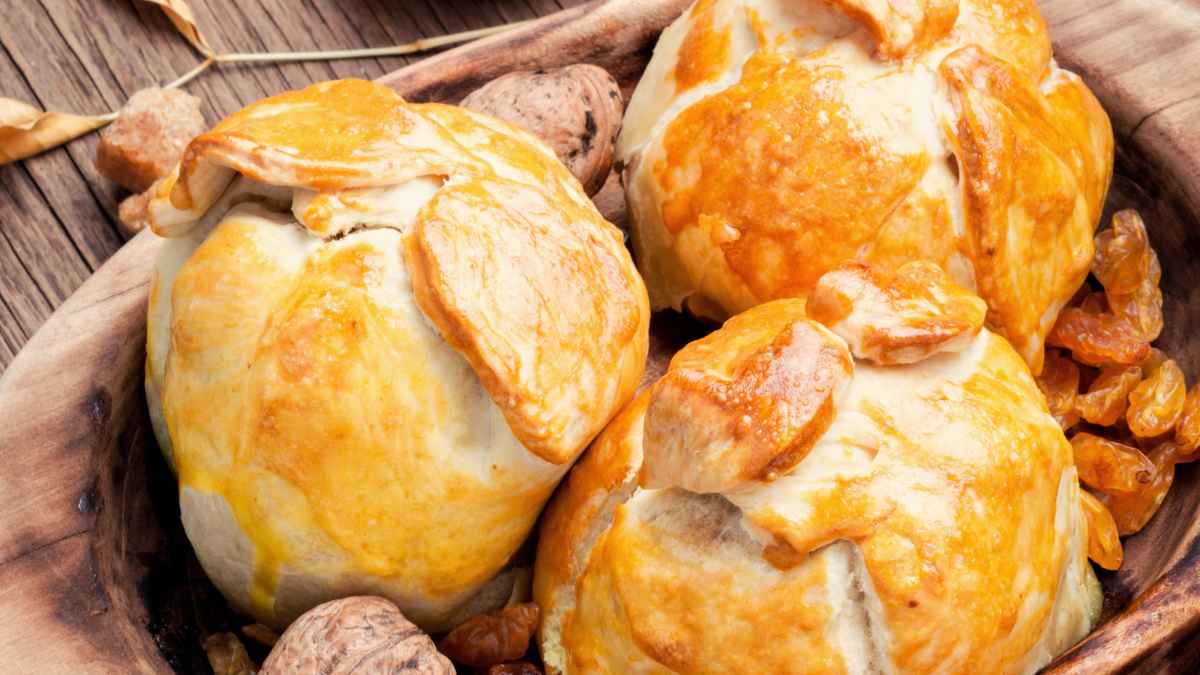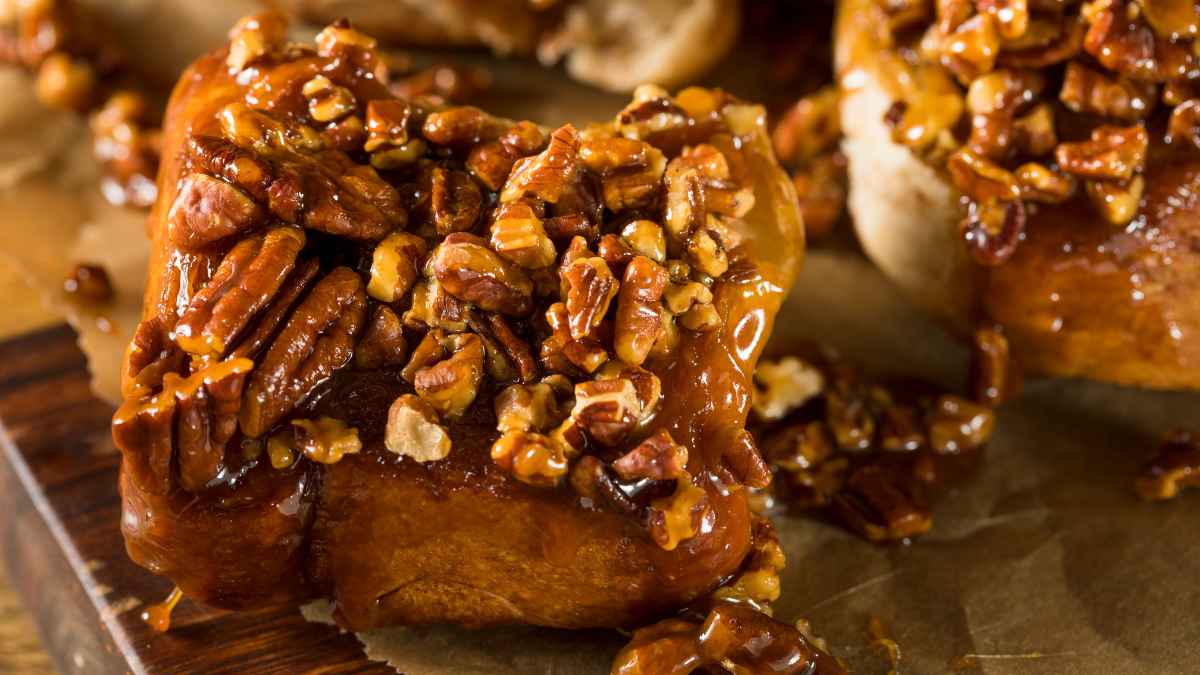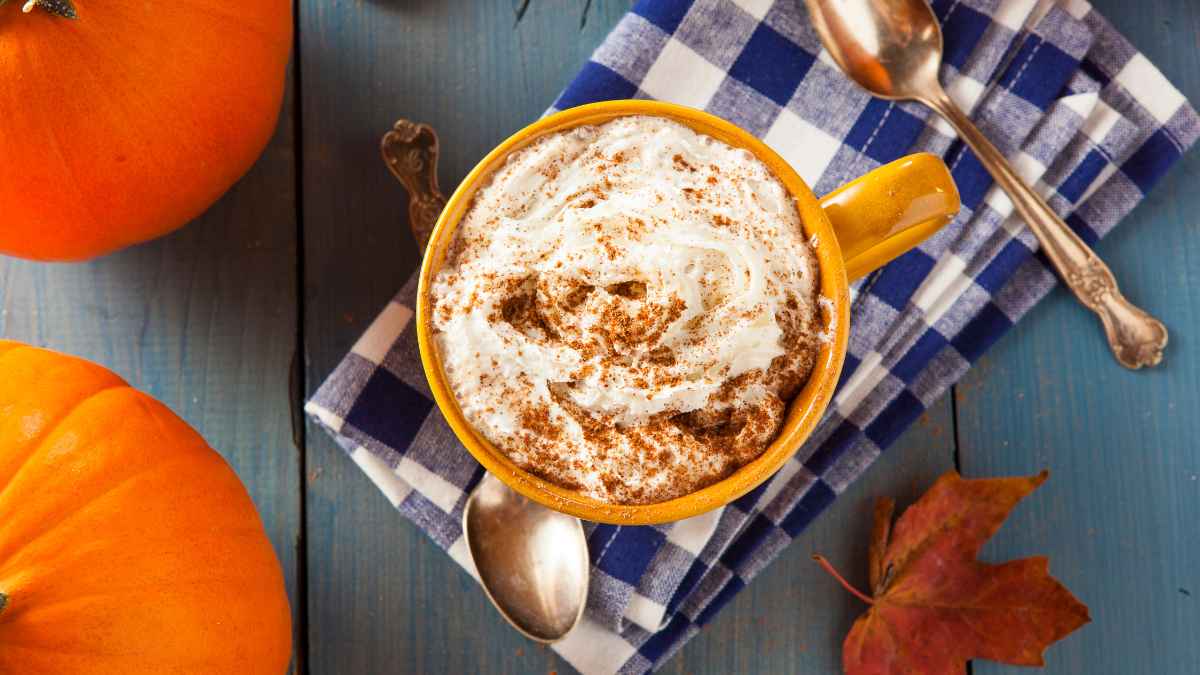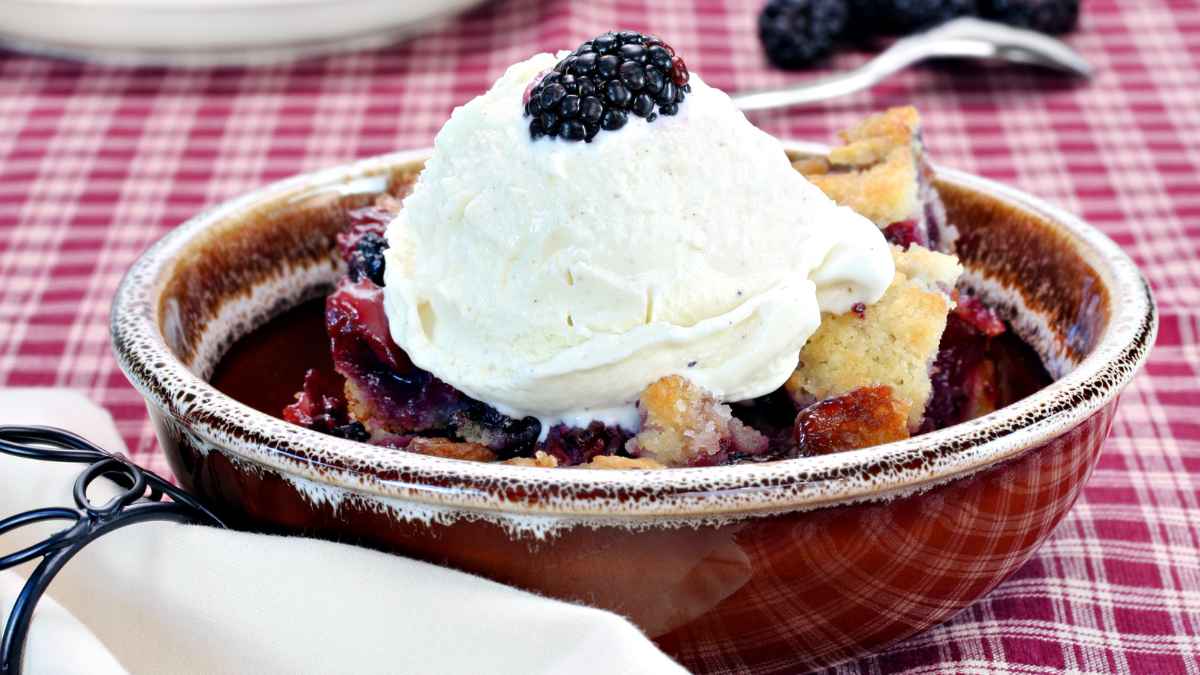Apple Dumplings

As autumn approaches and the days grow cooler, there’s nothing quite like the comforting aroma of baked apples and cinnamon wafting through your home. These delightful Apple Dumplings are a perfect way to celebrate the season. With tender apples wrapped in flaky pie dough and a luscious syrup, they are a treat that’s hard to resist. Follow this recipe to make a batch of mouthwatering dumplings.
You’ll need:
Dough:
- 2 batches of homemade pie dough (click on the link for the recipe for homemade pie dough)
- 6 medium-sized apples, peeled and cored
Filling:
- ½ cup granulated sugar
- 1 ½ teaspoons ground cinnamon
- 1 tablespoon salted butter, cut into 6 small pieces
Syrup:
- 1 cup granulated sugar
- 2 cups water
- 3 tablespoons salted butter
- ¼ teaspoon ground cinnamon
Instructions:
Preheat your oven to 425°F. Start by preparing the filling. In a small bowl, stir together ½ cup of granulated sugar and 1 ½ teaspoons of ground cinnamon. Set aside.
Divide the pie dough into two pieces. Place one piece back in the refrigerator to keep cool. Roll out the second piece of dough into a long rectangle just over 7 inches wide and just over 21 inches long. Cut the dough into 6-7-inch squares until you have three squares. Repeat this with the second half of the pie dough until you have six pie squares in total. Set aside.
Place a peeled and cored apple in the center of each pie dough square. Pour about 1 ½ tablespoons of the cinnamon sugar filling into the center of each apple. Top each filled apple with a small piece of butter.
Fold one corner of the pie dough square over the top of the apple. Then, take the opposite corner and overlap the first. Moisten your finger with water and lightly dampen the pastry to encourage it to stick together. Repeat with the remaining opposite corners. Carefully transfer the wrapped apples to a 9×13 baking dish. Use two 9×13 dishes if needed to avoid overcrowding the pan.
In a medium-sized saucepan, combine 1 cup of granulated sugar, 2 cups of water, 3 tablespoons of butter, and ¼ teaspoon of ground cinnamon. Stir well and place over medium heat. Bring the mixture to a boil, stirring occasionally. Once boiling, remove from heat and set aside.
Give the syrup another stir and then carefully pour it around the apples in each pan, not pouring it directly on the dumplings. Transfer the apple dumplings to the preheated oven and bake for 40-45 minutes or until the apples are tender. You can test the tenderness by poking them with a wooden skewer.
Visit our blog for more fall recipes and crafts!








